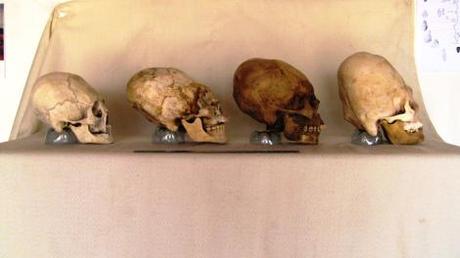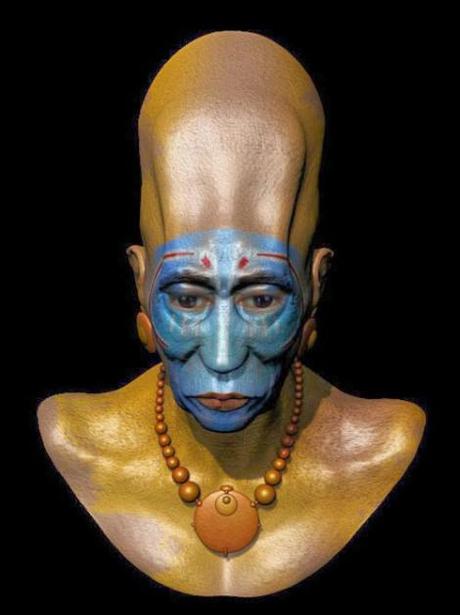
Initial DNA analysis of one of the 3,000-year-old elongated skulls found in Paracas, Peru, has revealed that they may not have been come from humans but from a completely new species, according to Paracas Museum assistant director Brien Foerster.
Paracas is a desert peninsula located within the Pisco Province in the Inca Region, on the south coast of Peru. It is here were in 1928, Peruvian archaeologist, Julio Tello, made an amazing discovery: graveyard of tombs filled with the remains of individuals with the largest elongated skulls found anywhere in the world. These have come to be known as the “Paracas Skulls’.
We now have DNA results for one of them. The scientist that did the testing is declaring that this skull represents a “new human-like creature” unlike anything that has ever been discovered before. He was presented just with a sample of DNA and was not informed about elongated shape of the skull he was about to examine. This is what he said after the testing:
‘Whatever the sample labeled 3A has came from – it had mtDNA with mutations unknown in any human, primate or animal known so far. The data is very sketchy though and a LOT of sequencing still needs to be done to recover the complete mtDNA sequence. But a few fragments I was able to sequence from this sample 3A indicate that if these mutations will hold we are dealing with a new human-like creature, very distant from Homo sapiens, Neanderthals and Denisovans.’
(via)


